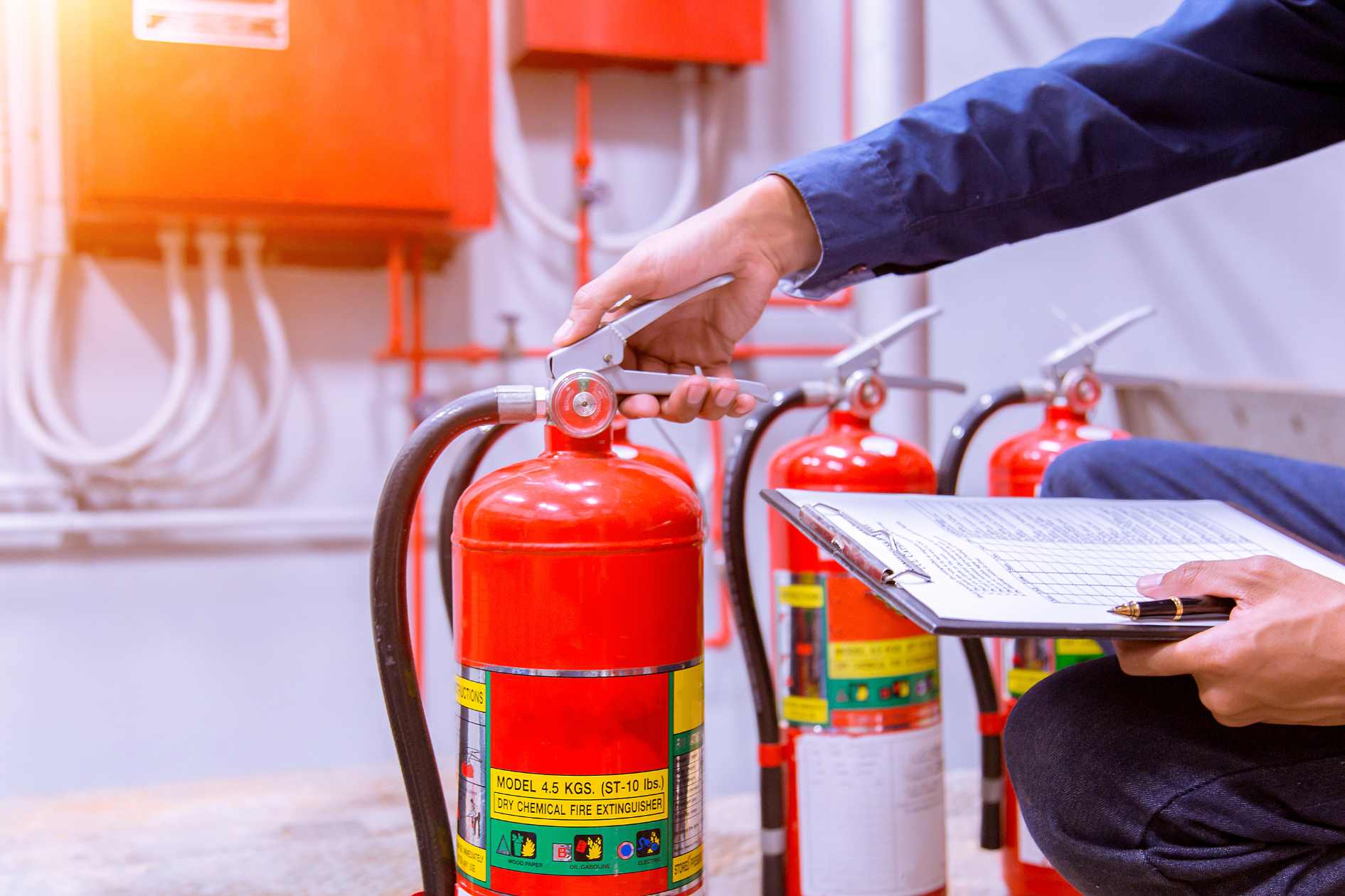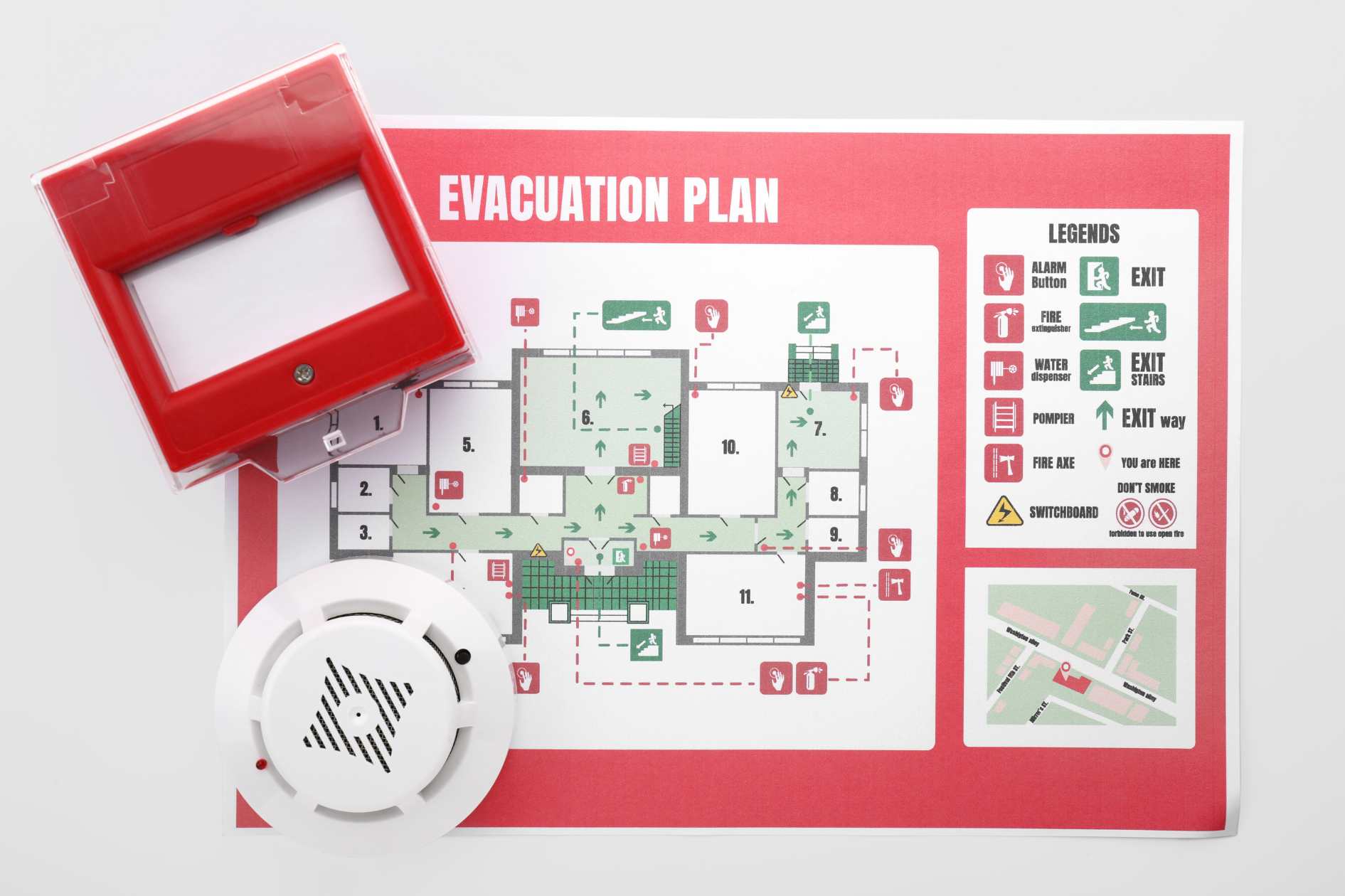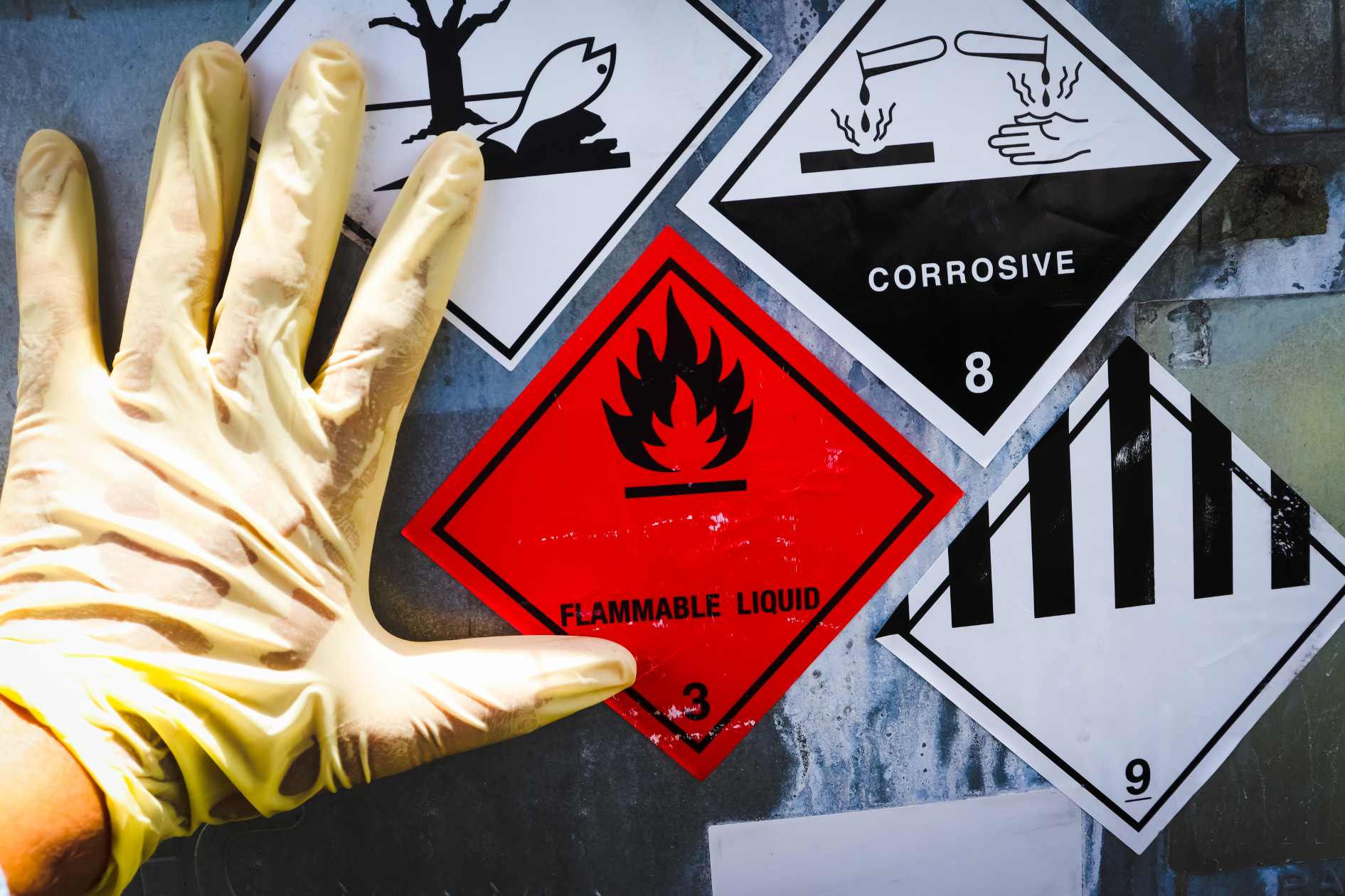Fire extinguishers are vital safety devices that can prevent fires before they get out of control. However, just like other equipment, fire extinguishers also have an expiry date. You must know how to dispose of a fire extinguisher properly, as it’s your duty as a citizen.
Unacceptable disposal of fire extinguishers can have a drastically negative impact on the environment that can cost precious lives.
In this blog, we will show you how to dispose of fire extinguishers properly and when to replace an old one.
How to Dispose of a Fire Extinguisher?
The process of disposing of old fire extinguishers is different for charged or empty ones. Let’s first understand the difference between a charged and uncharged extinguisher.
A charged extinguisher consists of a pressurized substance, whereas an uncharged fire extinguisher is the used extinguisher, having a lesser amount of the substance.
Let’s learn about fire extinguisher disposal if a fire extinguisher is charged.
Charged Fire Extinguishers
A charged fire extinguisher has pressurized substances that are used to put off the fire, and they must be disposed of with care. Here’s how to get rid of old fire extinguishers:
1. Contact Local Authorities
Talk to local authorities, such as the fire department or waste management services, because municipalities have protocols to handle harmful wastes like fire extinguishers.
They will direct you to the nearest hazardous waste disposal facility so that you can properly dispose of the extinguisher. If fire extinguisher disposal is not done correctly, it could cause an explosion and further harm.
2. Hazardous Waste Facility
The first thing you must do is discharge the fire extinguisher’s contents, which requires special training. So, if you are not trained, do not try it yourself, as it can be harmful.
It is suggested that the fire extinguisher must be taken to a hazardous waste facility. These places have trained individuals who can handle dangerous materials.
3. Discharge Carefully
If you think you are capable, discharge a charged fire extinguisher in a safe place. You must do this without people or flammable materials.
On October 7, 2020, an employee was injured while servicing a fire extinguisher that exploded due to overpressure, a finger amputation, broken bones in the right arm, and bruises and cuts to the forehead, resulting in hospitalization. This highlights the risks associated with improper fire extinguisher disposal.
Stand against the wind of the extinguisher, release it in an open area, and leave it in the open for a few hours to confirm that it is completely empty. Yet, if this looks hard, you should seek professional assistance.
4. Recycle or Dispose
If a fire extinguisher is empty, its metal parts can be recycled. You can send it to a nearby recycling center to see if they accept fire extinguisher metal. If recycling is unavailable, you must dispose of the extinguisher at a waste disposal place.
Fire Extinguishers Classifications Course
Empty Fire Extinguishers
You can recycle fire extinguishers, especially the metal parts of the equipment. Here are the steps.
Complete Discharge
Don’t neglect this part because even if it appears empty, some residual contents can be inside, which could lead to dangerous circumstances. Thus, you must fully depress the lever to release all the contents.
Recycle or Dispose
When it’s confirmed that the extinguisher is empty, you can recycle it. Ask the recycling centers to see if they accept fire extinguishers. Another way is to submit it to a waste disposal facility, however, you must check the city’s disposal guidelines before discarding it.
Fire Extinguisher Safety Course
What Are the Signs that a Fire Extinguisher Needs to Be Replaced?
You must inspect your fire extinguishers every few weeks to confirm their functioning. If these signs are present, replace it:
Pressure Gauge
Firstly, take a look at the pressure gauge, which is present right at the top of the cylinder. It has two color-coded zones: red and green.
The green zone represents that the extinguisher is fully charged and ready to use; however, the red zone depicts that it is undercharged, and you either have to recharge or replace the extinguisher.
Physical Damage
Fire extinguishers can last a long time, but they can still suffer from physical damage due to wear and tear. Dents or corrosion can impact the extinguisher’s covering, making it unsafe to use.
Thus, you must check the covering of your fire extinguisher for any signs of damage. If you notice some visible changes, you must replace them immediately before it becomes a hazard.
Tamper Seal
Fire extinguishers are permanently sealed with a tamper-evident tag to guarantee that they have not been used.
If this seal is broken, it implies that the extinguisher has been tampered with. However, if you have used it in any previous situation, you can still use it as long as it is charged. Meanwhile, it is suggested that you follow accurate steps for fire extinguisher disposal.
Expiration Date
Fire extinguishers always have an expiration date. Disposable extinguishers last around 12 years, while rechargeable models require servicing every 10 years.
If your extinguisher has passed its expiration date, you must replace it to prevent harm to your surroundings.
Recall Notices
Some fire extinguishers can be recalled due to manufacturing defects, which usually happens with extinguishers with plastic handles.
To be safe, check your extinguisher model’s recall status to ensure it is safe to use. If it’s been recalled, dispose of it.
Hydrostatic Testing
Fire extinguishers designed for long-term use will require hydrostatic testing every 5 to 12 years, depending on the type of extinguisher.
This test checks the cylinder’s ability to withstand pressure. If your fire extinguisher has not passed hydrostatic testing, it is unsafe to use.
Conclusion
Fire extinguishers are safety equipment, but if they are not handled with care, they can become hazardous.
Thus, it is crucial to always discharge the extinguisher before you dispose of it, as its contents are flammable and can cause massive damage. If you are not well trained, it is recommended that you seek help from professionals.
To increase your safety knowledge and learn more about handling fire safety equipment, including proper fire extinguisher disposal, visit Coggno today and explore the expert-led courses for a safer tomorrow.







